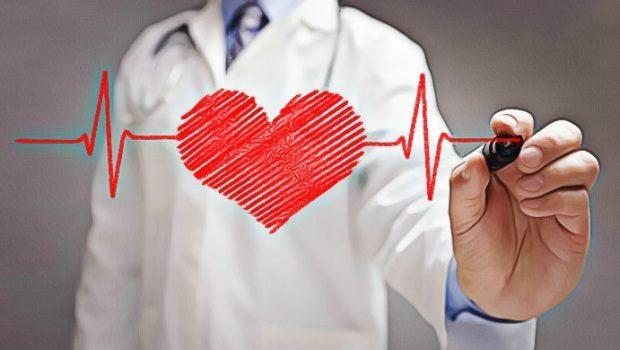
What do you know about the connection between exercise and heart disease? What can you do to reverse or prevent heart disease with exercise? Studies show that pairing a regular exercise and a healthy diet is a natural way to reverse heart disease and prevent some risk factors, especially when you are getting old. In this article on VKool site in the line of Fitness, you are going to take a closer look at exercise and heart disease prevention in the elderly. Check out more knowledge of the connection between them below!
Exercise And Heart Disease Prevention
1. Why Exercise Matters

Your heart muscles need exercise like other muscles in your body. Muscles that are utilized regularly become healthier and stronger, whereas muscles which are not used weaken as well as atrophy. As your heart muscles are exercised, your heart will pump more blood through your body and work at optimal efficiency. This can likely help your heart to stay healthier longer. A regular exercise routine also helps in keeping arteries and other vessels flexible, thereby ensuring your good blood flow as well as regulated blood pressure levels.
2. The Danger Of Inactivity Or Lack Of Exercise

When it comes to the connection between exercise and heart disease, get clear that inactivity or lack of exercise can have bad influence on your heart.
According to the report from the Circulation journal, the American Heart Association, there are approximately 250,000 deaths each year in the US that may be attributed to inactivity or lack of exercise. Living an inactive lifestyle is also considered one of the top 5 harmful factors for cardiovascular diseases. Other factors include smoking, obesity, high cholesterol and high blood pressure. People without exercise or low levels of physical activities also face up with a higher risk of cardiovascular diseases, such as death and heart attack.
According to a study from the University of South Carolina, individuals who spent over 23 hours of sedentary activity per week reported a 64% of higher risk of death from cardiovascular diseases than people who did less than about 11 hours a week. Inactivity or lack of exercise also affects some other risks for heart disease. In concrete, in a report of the University of Maryland, sedentary people reported a 35% of higher risk of high blood pressure more than active people did.
Read on: 13 post pregnancy exercises to reduce tummy at home
3. Benefits Of Exercise For Heart And Overall Health
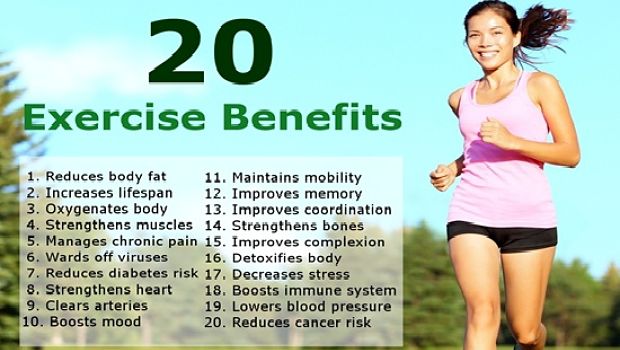
A sedentary lifestyle is considered one of 5 main risk factors contributing to cardiovascular diseases (along with values for blood lipids, high blood pressure, obesity and smoking), as reported by the AHA. Scientific evidence from many studies also indicate that by reducing these risk factors, people can decrease high risks of experiencing a heart attack or having a cardiac event, like a stroke. Also, it helps lower the chance of needing a procedure of coronary revascularization (such as coronary angioplasty or bypass surgery). Moreover, regular exercise can give good effects on many established risk factors of cardiovascular diseases. For instance, exercise can help promote your weight reduction and help in reducing your blood pressure levels. Additionally, exercise can aid in reducing “bad” cholesterol while raising “good” cholesterol in your blood.
In diabetic patients, exercise can favorably affect the ability of their bodies to use insulin for controlling glucose levels in their blood. Though the effects of an exercise program on single risk factor is generally small, the effects of regular moderate exercise routine on cardiovascular risk, when well combined with other modifications (such as smoking cessation, proper nutrition, and medication use) may be dramatic.
Below are typical benefits of a regular exercise routine over risk factors of cardiovascular diseases.
- Strengthening your heart
- Improving congestive heart failure symptoms
- Lowering blood pressure
- Making you stronger
- Helping you reach or stay at a healthy weight
- Helping in managing stress
- Boosting your self-esteem and mood
- Improving your sleep
- Increasing in exercise tolerance
- Reducing LDL cholesterol
- Increasing HDL cholesterol
- Increasing insulin sensitivity
Read on: How to get toned abs fast for men and for women
4. Types Of Exercise For Cardiovascular Diseases

a. Aerobic Exercise
This type of exercise benefits the heart most. They include jogging, walking, jumping rope, skiing, bicycling, skating, aerobics/cardio classes and rowing. These help strengthen your lungs and heart. Over time, aerobic workout can aid in improving blood pressure and improving breathing, and then the heart will not have to work hard during working out.
b. Strength Training
When it comes to the connection between exercise and heart disease, consider strength training for lowering the risk of heart disease. These exercises help build up and tone your muscles. There are various strength training programs for you to follow. You can use weight machines and hand weights at a gym, or your body weight to enhance your fitness while strengthening your heart health. Typically, you can do a few sets of each exercise, then let your muscles rest for a day or 2 between sessions.
Read on: Exercises to increase height during puberty and after 20
5. Exercise Tips For People With Heart Failure
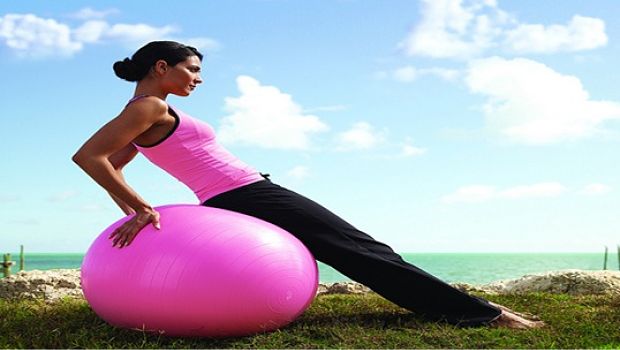
The Heart Association, the US recommends people exercising on all days of the week. In other words, the more often you exercise, the healthier you are and the better you can improve your fitness.
Below are some effective exercise tips to improve heart failure:
-
- If you are not active now, get started slow, and follow your exercise routine tougher or longer over time.
- You can talk with someone during the workout. If not, it may be too intense for you.
- In addition, wait about an hour after having a meal before you exercise.
- Besides, if the doctor gives you restrictions on fluids, remember his or her advice if you drink any liquid during workout.
- Pace yourself. Make sure that you can balance your activity with rest.
- When it is too humid, hot or cold, give you a break for outdoor exercise. In fact, high humidity can make you feel tired quickly. Hot temperatures may interfere with the blood circulation that make you breathe difficult and cause your chest pain. If possible, take part in indoor activities such as mall walking
- You should avoid isometric exercise like sit-ups or pushups. Isometric workouts involve straining body muscles against a steady object and against other muscles.
- Remember to drink enough water before exercising or while taking a rest so that you won’t get dehydrated.
- Also, follow the doctor’s guidelines to know amount of fluid you have to get in a day.
- It’s safe for you not to workout in hilly areas. If you have to walk or run on steep slopes, reduce your speed while going uphill in order to avoid exercising too hard.
- In addition, avoid cold or hot saunas or showers after exercise as temperature extremes can increase workload on your heart.
- If yourworkout program’s been interrupted for several days (perhaps because of bad weather, illness, or vacation) ease back into your exercise routine.
Read on: Exercise and immune system function – how they affect your health
6. Other Warnings & Precautions
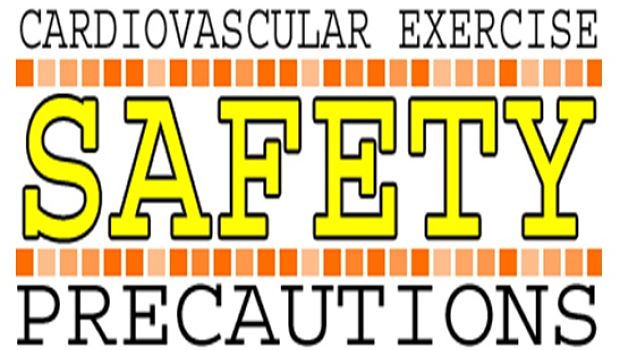
When it comes to the connection of exercise and heart disease, keep in mind that working out in moderation is the most ideal. Don’t overdo or don’t quit it too soon. However, there are still other warnings and precautions for you while exercising. Stop exercises, if you have one of the following symptoms:
- Chest pain
- Dizziness
- Weakness
- Light headedness
- Unexplainedswelling and weight gain
- Pain or pressure in the neck, chest, shoulder, arm and jaw
- Other symptoms, which cause concern
General speaking exercise may make muscles sore at first, but it’s normal and not a serious health problem. Nevertheless, soreness can fade as the body gets used to movements. If you suffer from any severe or sudden pain, stop working out.
7. How Much Exercise Is Enough
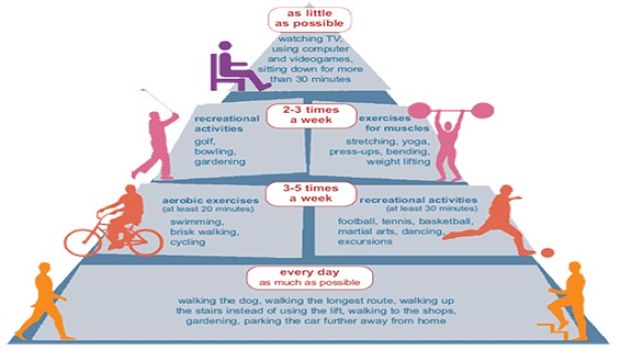
According to the Heart Association, the US, exercising about 30 minutes per day 6 days weekly can help improve heart health and aid in reducing the risk of cardiovascular diseases. They define physical activities as things that make you move your entire body while burning calories. This includes climbing stairs, walking, playing sports, jogging, swimming, and biking, and a lot more.
No matter physical activities you do, studies indicate that exercise anyway is better than none. In a review reported in the Circulation journal, those who engaged in about 150 minutes of moderate or intensity leisure activity a week had 14% of lower risk of the coronary heart disease than people who without exercise. The more often you work out, the lower risk of heart disease you may have.
Bottom line:
Always remember to check with a doctor before you begin a workout program. They will help you find physical activities that enhance your heart health without high risk of injuries. For any comment about the writing on exercise and heart disease prevention in the elderly, please leave it at the end of the post!
Want More Content Like This In Your Inbox?
- How to treat psoriasis on skin and scalp – 11 tips
- Top 20 Best Exercises To Tone Your Butt & Thighs Are Introduced
- 18 Health and beauty benefits of yogurt consumption
- How to maintain a healthy heart and prevent disease naturally
- Tacfit Commando Pdf Review – Can Scott’s Fitness Program Work?
- 12 Home remedies for dark dry socket pain
- How to prevent saggy breast during weight loss naturally
- Men’s Best Shoulder Workouts For Mass Building

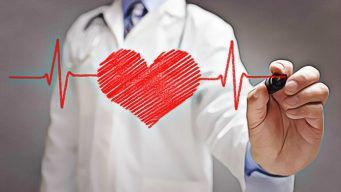
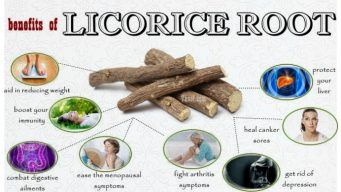


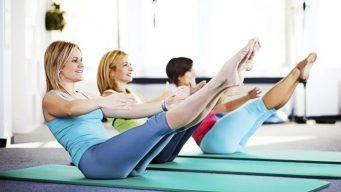





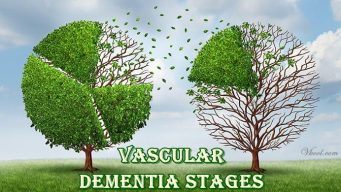

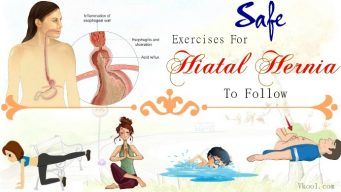
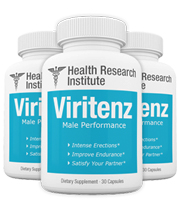





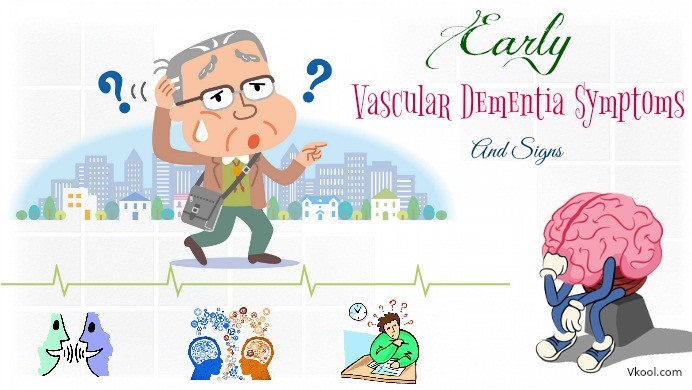

 How to make jelly at home easily using gelatin
How to make jelly at home easily using gelatin  12 Easy, Healthy Salmon Dishes Recipes For People At All Ages!
12 Easy, Healthy Salmon Dishes Recipes For People At All Ages! 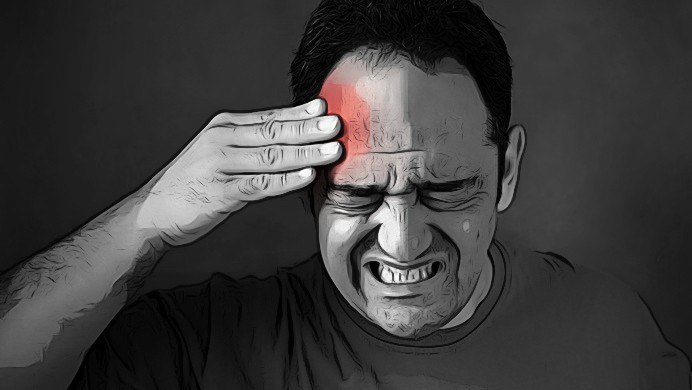 Top 25 Migraine Headache Causes And Treatments You Must Know
Top 25 Migraine Headache Causes And Treatments You Must Know  Eat, drink and shrink recipes book review – is it reliable?
Eat, drink and shrink recipes book review – is it reliable?  The Bending Program Review – Can The Training Plan Work?
The Bending Program Review – Can The Training Plan Work? 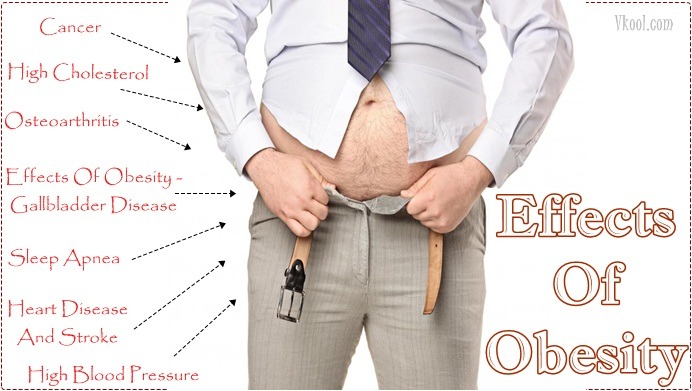 10 Side Effects Of Obesity On The Body You Should Know
10 Side Effects Of Obesity On The Body You Should Know  Top 10 foods for hypertension patients – natural & healthy foods
Top 10 foods for hypertension patients – natural & healthy foods  The 3 Day Thrush Cure Pdf Review – Rebecca’s Cure Book For Thrush
The 3 Day Thrush Cure Pdf Review – Rebecca’s Cure Book For Thrush  11 Healthy Drinks Besides Water And Tea
11 Healthy Drinks Besides Water And Tea  Best Exercises For Men To Lose Weight
Best Exercises For Men To Lose Weight